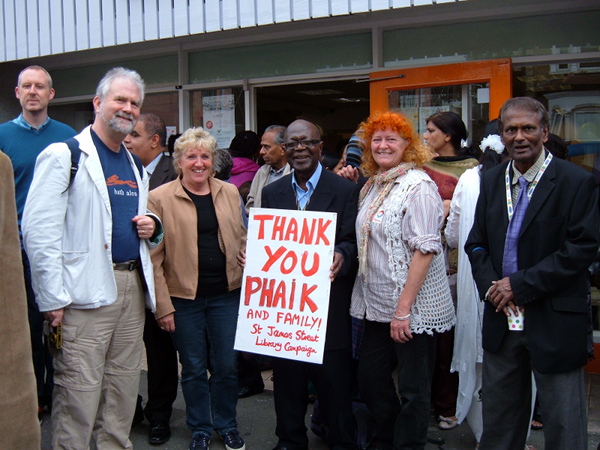
Phaik Tan, St James Street Library Campaigner
A week before Easter (2007) there was the usual sign on the window about the opening hours and closure for the holidays. After that, the doors remained shut. Books were piling up behind the doors and there was no news about the closure. Many of us thought that it was waiting for renovation work as Central Library was being renovated at that time. I felt that an injustice was being done to the community. I started “Save St James Street Library Campaign” because I wanted to save a beloved 30-year-old library.
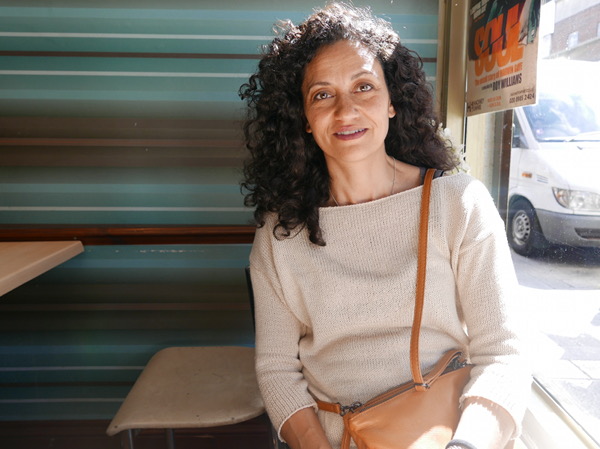
Kirsty Lobo, St James Street Library Campaigner
I was using the Library twice a week with the children. It was a nice space, quiet, close, warm and I met people I knew there; it was perfect. I met Phaik in a playgroup, we started a petition and from there we met all these people who knew about procedures. We went to the council and appealed, they said no. I felt defeated; I’m very glad there were people very concerned about the public asset that have put so much energy in. I’m pleased they’ve managed to do what they’ve done with it.
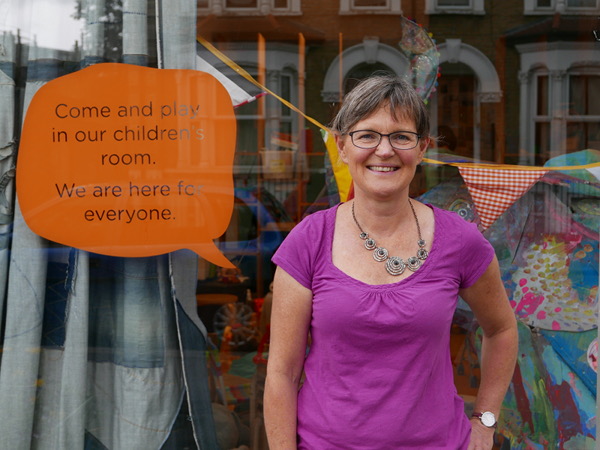
Siobhan Hawthorne, St James Street Library Campaigner
We had the open air library once a month and different people would get involved, like the folk club came and they would do some music, lots of people would come and perform, and we did different things outside just to keep the focus on the building. So that was the campaign to reopen the library and I do think we lost. The importance thing then was to save the building, because once the building went it was gone as a public resource.
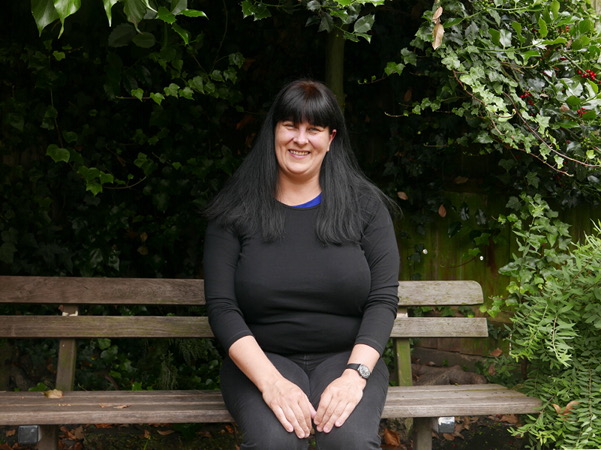
Alison Griffin, volunteer (Trustee / St James Street Library Campaigner)
By the end of 2010, Haroon Khan, who works in Brussels but had been on our email list, said we should be applying to the NESTA neighbourhood challenge to do something ambitious with the building. NESTA was doing a shortlist for about three days before the deadline to give the building to auctioneers for sale. I said, I can fill in forms, so I did that. I thought, if I can get us on that shortlist, then we can buy time, which is exactly what happened. We’d bought time; the building is still in public hands, and that’s good.
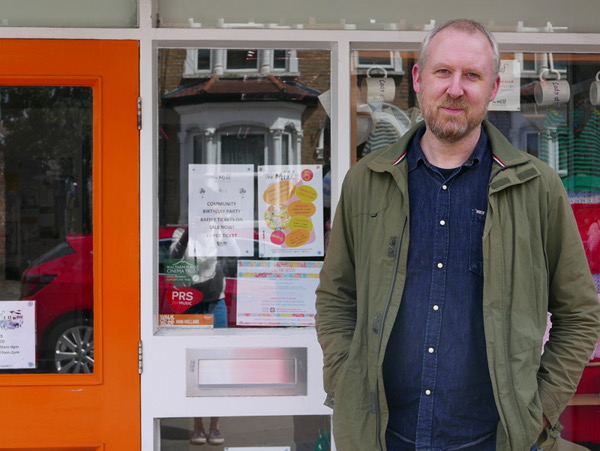
Neil Meads, St James Street Library Campaign (Mill Comms)
Blackhorse Action Group’s role as a residency association was to work with whichever groups were going and to support them by making videos, helping with the campaign, featuring them in the website and Twitter. The NESTA funding was done through BAG because we were constituted. It’s great that BAG has served it’s purpose. It saved the building if not the Library. The first time we had an open day it was an amazing atmosphere, it was tatty inside but opening those doors, people coming in, it was amazing.
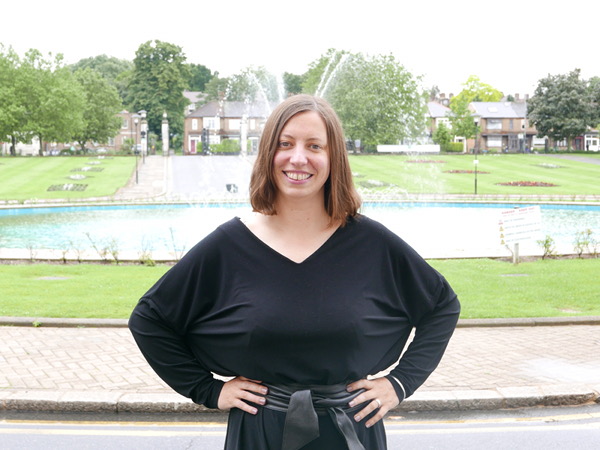
Clare Coghill, local Councillor
I tried to be a facilitator in terms of the interaction with the local authority. To get the St James Street Campaigners, many of whom became Mill activists, into meetings in the Town Hall to have those conversations about switching it from a campaign, that necessarily have been very negative, to something that was about, how do we take that forward to create a space that will still be open for whole of the community. There was a genuinely desire to work as a team from the start, and I think that really continued. The best thing about The Mill is the people, because that’s who made it.
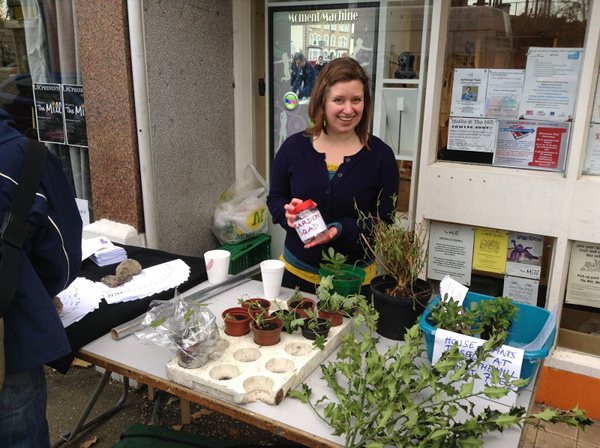
Ingrid Abreu Scherer, volunteer (Strategic development)
The building was in a variable state. Some rooms were just about OK, some were completely uninhabitable. We had to think about how do we turn the building into something usable, and how do we do it for free, or for cheap. One of the things we did was to work with a local architect, Joe Swift. He put an advert in various trade’s newspapers online asking for designers and we got about five. They came from Italy, Russia, Ireland, and the UK, we housed them upstairs and they enjoyed it.
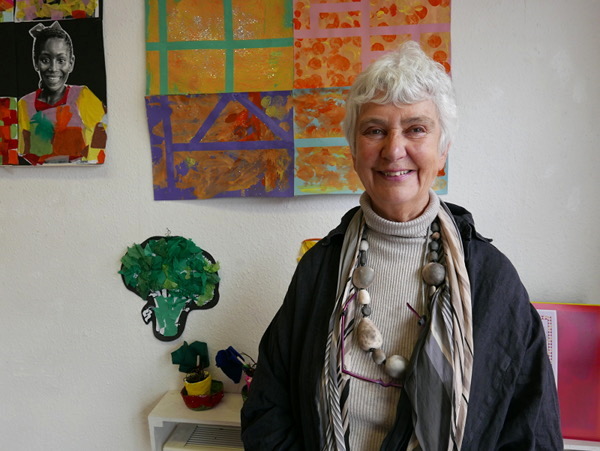
Mo Gallaccio, volunteer (Art Works / St James Street Library Campaigner)
We used to open up on Saturday for people to come in, have a look, and to engage volunteers in the refurbishment of the building and the running of the project. People with several skills came in, and The Mill emerged as a holding company for the building, nurturing local people’s talents. The gradual transformation was amazing - a welcoming community space, made by the community for the community.
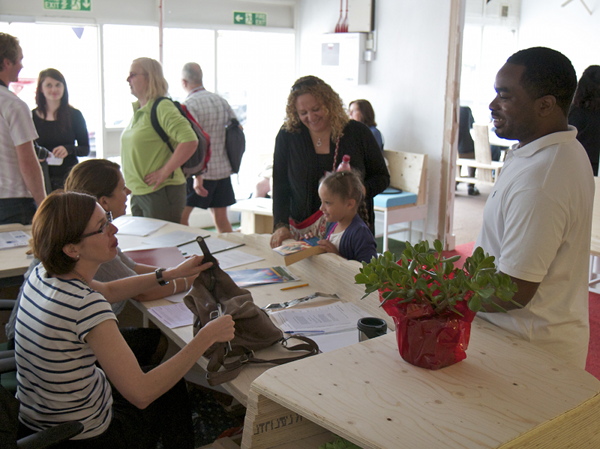
Ruth Duncan, volunteer (The Mill Recruitment / St James Street Library Campaign)
Because we knew we were going to be volunteer-focussed, and reliant on volunteers, we needed a Community Organiser to reach out into the community and bring lots of different types of people into The Mill to reflect the diversity of the area. We really wanted The Mill to make a splash, so that local residents could feel that they were empowered to take charge of The Mill and that it was their space to use.
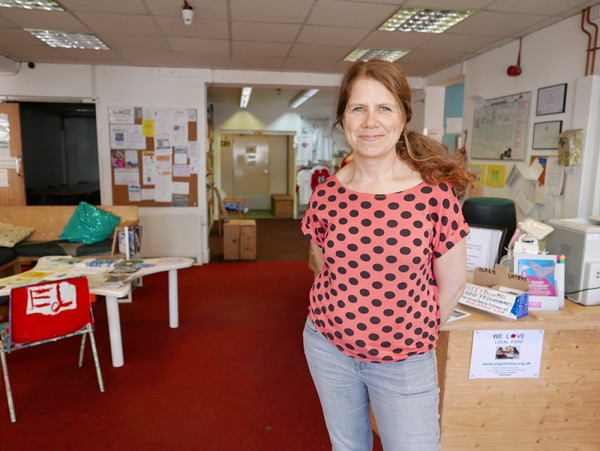
Natasha McFadzean, Centre Manager
In the beginning people, with the Library being closed for so long, they walked past and peered in, we would invite them in. They would come in and say you should do that, and John Onelum would say: - Well why don’t you do that. Do you want to set that up? I learned from him.
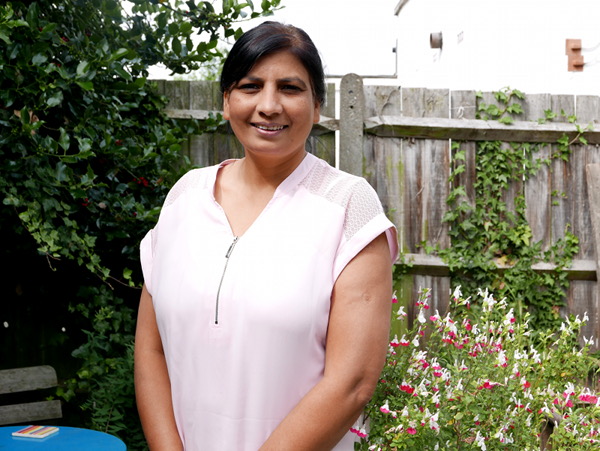
Amarjit Kaur Jagdev, volunteer (Asian Women’s Support Group / St James Street Library Campaigner)
For more than 15 years I’m working with the community. Many people come to my group every week, they come to build their confidence and we have the support of The Mill. We are doing socialization, English classes, health advise, and small courses so people can build their skills and run their own business> sewing and knitting, soap making. I am encouraging people to grow their own plants, we do cancer awareness sessions and we provide training for volunteers. I’ve changed many people’s lives, thus i love my work. 100% volunteer.
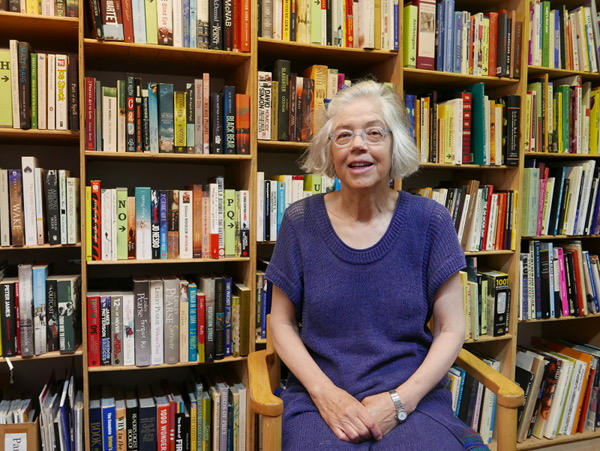
Isabel Simons, volunteer (Honesty Library / Knitting group)
I don’t know who coined the phrase (Honesty Library), but I think I have expanded that idea, because other people thought that it would be one book out and one book in, but, specially now, we have books flooding in and we don’t need to be possessive. I think of it as being like one of the Little Free Libraries but on a bigger scale. That is a movement that started in America where people just erected small collections of books outside their houses. That’s how it began, and people just help themselves and people will put books back.
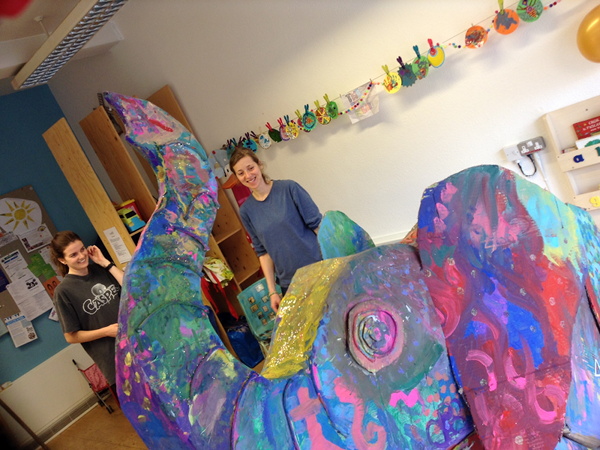
Vanessa Brightwell, volunteer (Events)
When The Mill opened I immediately offered my help because I have done community art projects and I believe in community things, so we made a cardboard Rhino for the children and they’ve painted it, and it became part of the children’s room. It was so popular that then I made another animal a year or two later, and then another animal, which is the elephant. The children decorate it, so it can be something which they’ve done, which is in the playroom, and also it makes the playroom a bit more jolly.
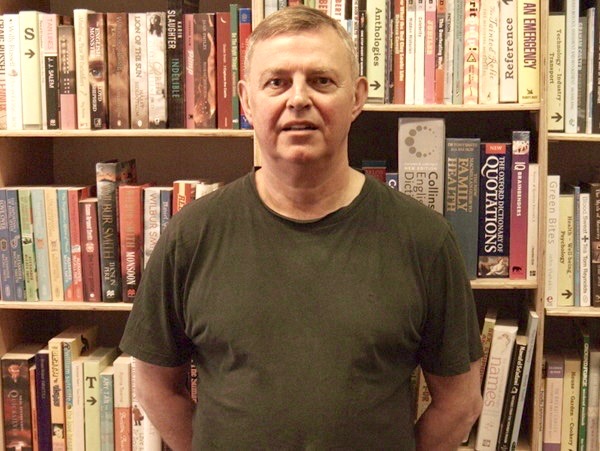
Norman Minter, volunteer (Reception)
I think the role of the reception is so important, to have a welcoming smile and greeting; first impressions can be hugely important. If I have a volunteer shadowing me I would say the most important thing to learn and to practice is this warm welcome smile and warm greeting, if you forget anything else it doesn’t matter, because people will probably come back.
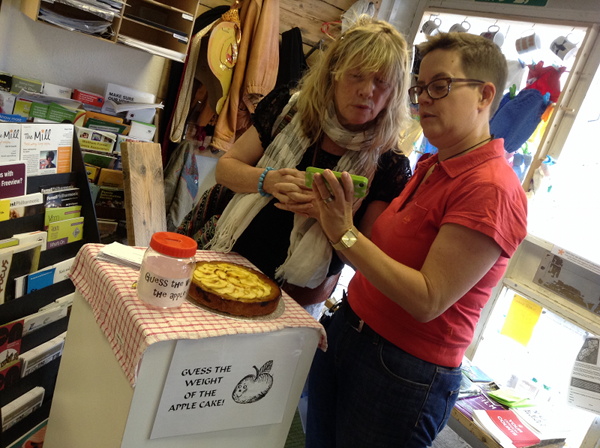
Cate Knowles, volunteer (Gardening Group)
I got involved with the Gardening Group pretty much from the time The Mill opened. Núria from Blackhorse Action Group run the Gardening Group and I took over the leadership when she stepped down. I did that for a couple of years, and then I handed it to Monica, who is doing it now. Things like the Knitting Group or the Gardening Group are things that I enjoy, that allow me to give something to the community, but also just have that kind of social engagement, wanting to meet people who live locally.
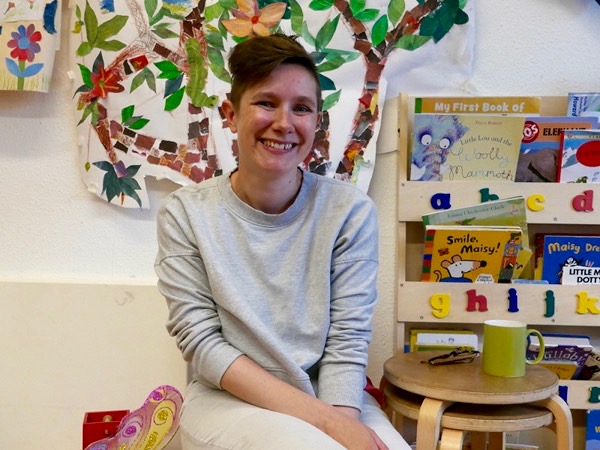
Hannah Guthrie, volunteer (Chair Trustee / The Mill Comms)
I moved to Walthamstow nearly five years ago. We must have come to The Mill when there was the launch party, there was lots of food, music and people, and it seemed very exciting and vibrant. I was working full-time, but I came in to meet Neil who was in charge of the comms, so I made the Facebook for The Mill. In 2014, I approached the board of trustees to see if there were any vacancies and I joined the board and became treasurer. April this year, I became the Chair of the trustees, and took the strategic comms trustee, so that’s what I am doing now.
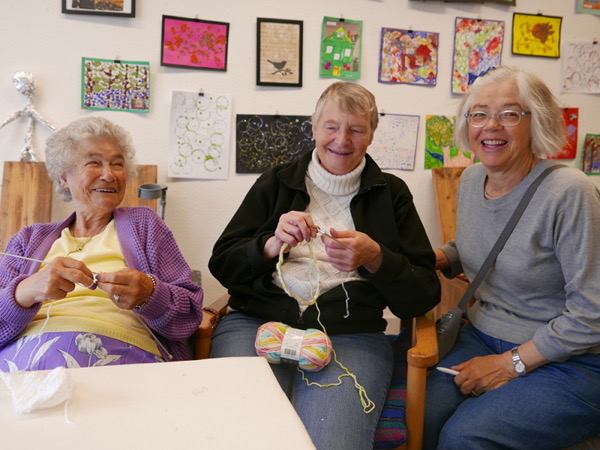
Joyce McQuarrie, volunteer (Knitting Group)
Right from the beginning of The Mill we started the Knitting Group and people are brilliant, we all support each other. We are a self/help group, between us all we normally manage to sort problems out, there is no right or wrong way of knitting. If you get a nice garment out of it, it doesn’t really matter how you’ve done it. I enjoy the company, do the knitting, it gets sold and the money goes to The Mill.

Hassan Vawda, volunteer
I was born in Walthamstow, I went away to study when I came back in 2012 and The Mill had appeared. I got involved, I’ve been exhibiting here, reading poems, and then I started volunteering here. When I spend time at The Mill I get into a mind set of positive energy and wonder. The Mill feels like the only space in the world where a Van Gogh can exhibit next to my cousin in primary school and its fine. That level of consideration is full and flourish.
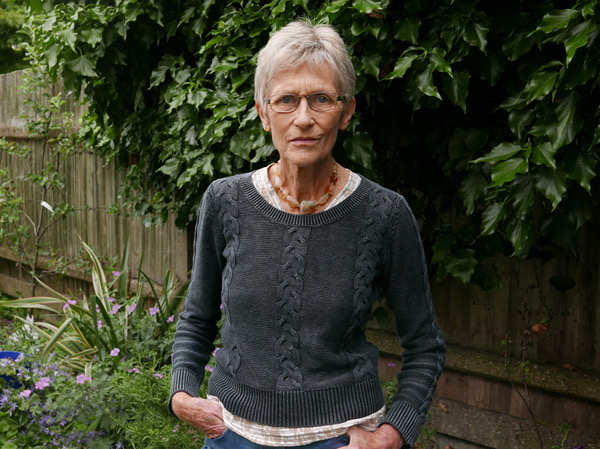
Alison Hay, volunteer (Secretary Trustee)
The Mill is a complex organisation. Because we have to raise our own funding, and we’re all volunteers - except for our amazing little staff team - we’ve got to work in a very professional and people focused way. We talk about things a lot in order to find imaginative solutions to running a place full of activity, dreams and ambitions.

Adele Tinman, volunteer (The Mill Radio / Scrabble Group / The Mill Quiz)
The Mill radio has been going on for a year. We record a little podcast; David puts it onto the web. I do a Mill what’s on slot so I can tell people what we’re up to and we talk with people, find out about them. Plus people get in touch with us, saying I’ve done this, or I’ve got a project. I love to meet people, that’s what I enjoy about The Mill, it’s all these different cultures coming together and I think that’s great.
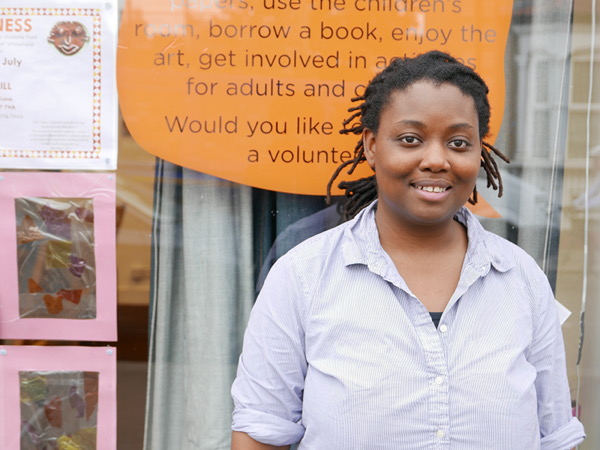
Ruth Mitchell, Volunteer Coordinator
I think for a lot of people it fills up their day, gives it structure, it gives them something to do and a place to belong. ‘specially for retired people, if you used to have loads of responsibility, a work life and then you know, your life, your world becomes quite small, volunteering keeps your world quite round, and big. It’s a great way of meeting people, if you think you don’t have loads of contacts in the area, it’s a great place to come on a Wednesday afternoon during knitting, just come and have a little knit-natter, I think that’s really nice for people.
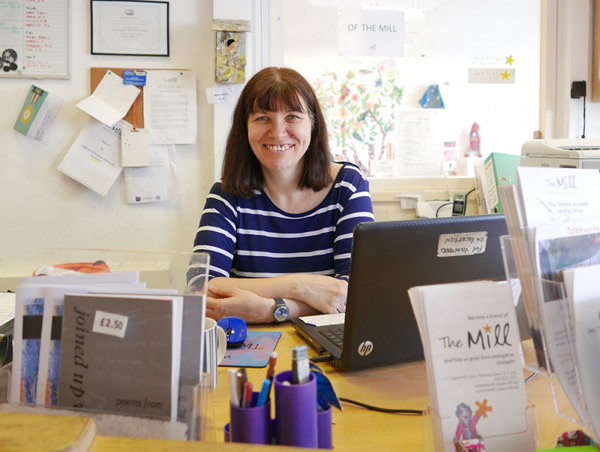
Janet Bullard, volunteer (Reception)
My first day here was on a Saturday helping with the Fun Palace weekend, it would have been Joan Littlewood 100th birthday, and it was a national event. I was here the all day and I was doing the refreshment side of things. It was very, very busy; thrown at the deep end I was.
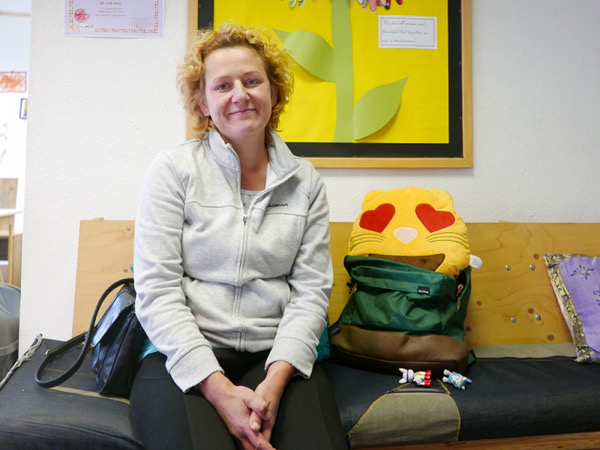
Kasia Kuliberda, regular visitor
You can have a cup of coffee and tea on donation, you meet people, and you can read some books while your child can play. She can find new friends and I can find new friends as well. What I like the most is to be able to come at anytime, and there are friendly people around. I borrow books, I bring some of my books. We like the art club and I am going to start the Spanish classes here this month.
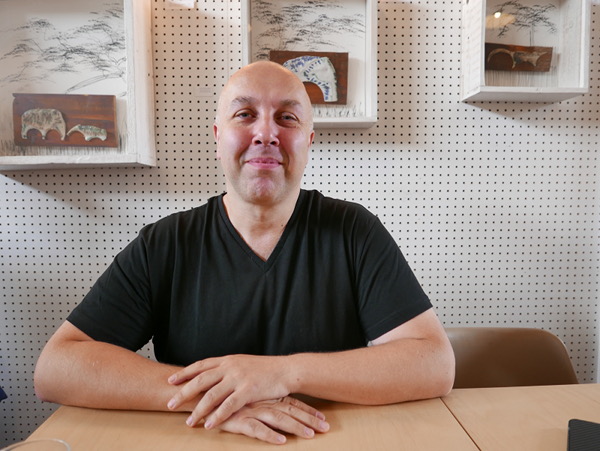
Nat Di Maggio, volunteer (Art Works)
The Mill is really welcoming to everyone. If you look back at the Postcards exhibition we did in 2015, I think represented that perfectly. We had school children from a special needs school, local artists, Turner Prize winners, all in the same frames, it’s almost like a snapshot of The Mill. It’s really a great affection for the building.
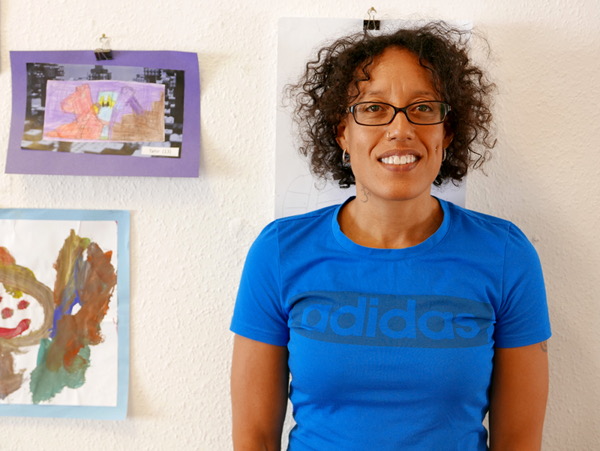
Josetta Malcolm, activity leader (Yoga Teacher)
I’ve been hiring the Garden room and teaching Yoga here for the last 3 years. I was looking for a place located at the heart of the community that people from all walks of life could use. I am very much about teaching people who wouldn’t access a mainstream Yoga studio, community groups, marginalised people. The Mill is lovely, it has a real mixture of usages, from my Yoga to Spanish classes, meditation, knitting and art, anyone can hire the rooms and have a home for their group to meet in.
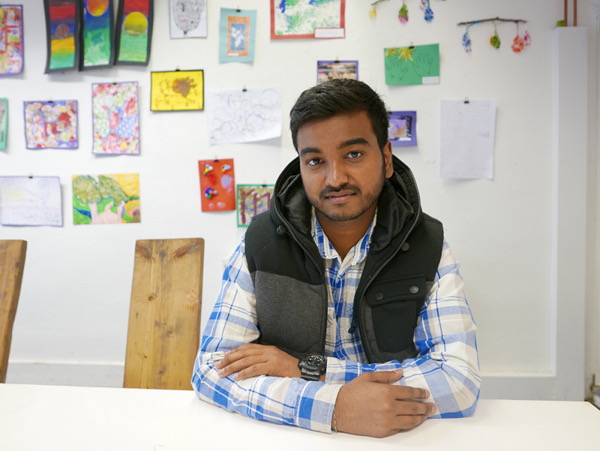
Seelan Rasalingam, volunteer (IT Support)
I am a student of computer science. I have been volunteering at The Mill because I wanted to give back to the community, use my skills to help the community, and develop my skills further. I come in and if there are any problems with the laptops I’ll be doing my best to get them working.
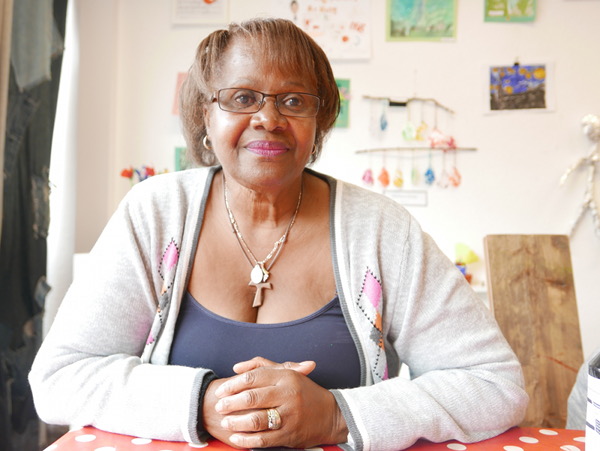
Sybil Fergus, regular visitor (Kids Art)
I used to bring my children here when it was a library. I have been bringing my grandchildren Mia and Kya for nearly 2 years for Kids Art. We come along and they have a lot to do, and I think it really stretch them, because Mia is now a very good artist, she draws what she sees with such interest, and she was very shy at first, she has blossomed. Kya was quite young, but Mo let her mess about, now she can actually do things which are interesting. Everything that she’s done goes to my fridge at home. It is here where they first learn to actually make shapes, it is very good.
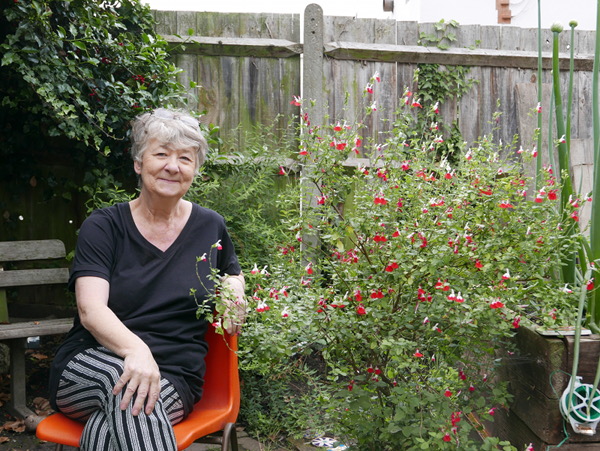
Sue Grant, volunteer (Events team / Reception)
I always say admin is like the engine room. The captain decided where the ship’s going, the navigator steers it, but you need someone in the engine room to make sure you’ve got power to get where you-re going. For the future, I would love some way of opening up the garden more. I would like to see a wider range of people coming in and out. I would like to see more room hire, and more use of the living room by people as a meeting up space.
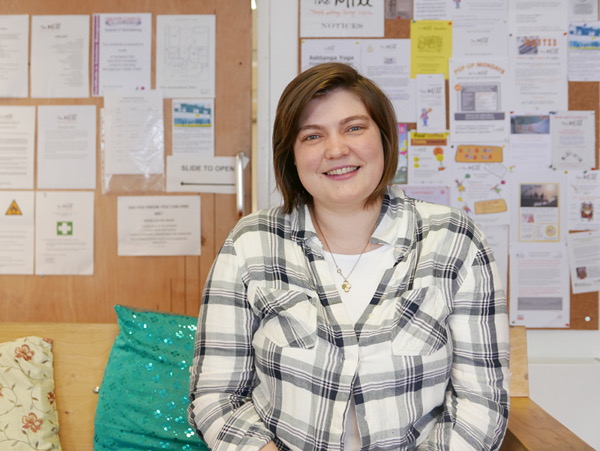
Charlotte Major, The Mill Administrator
I think the biggest thing I would love to see happen is to be able to get the money to properly repurpose the building and utilise all the space. Get a community kitchen put in, expand these rooms, and create a toilet upstairs for the tenants. I think that would mean we could fully utilise the building, and The Mill could be at its full potential. Having a community kitchen would be absolutely brilliant.
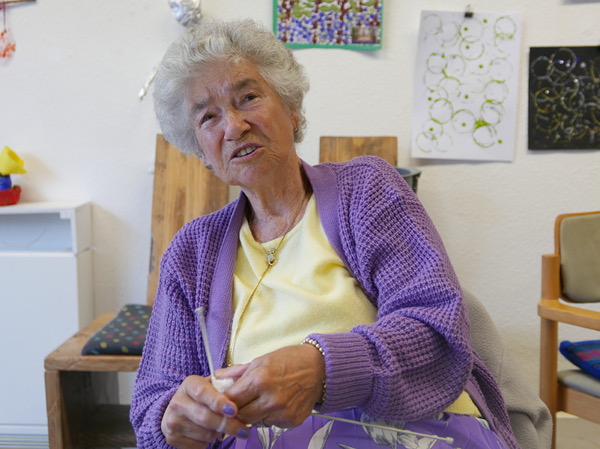
Ethel Wicks, regular visitor
When they shut the Library down I was outside picketing. I don’t know since when, but I’ve been coming to the Knitting Group. It’s just so friendly. I knit a lot, this blanket I’m doing I’ve knitted over 700 of them, but I will only do it if people ask. It’s a lot of work, I just do it as a hobby really.
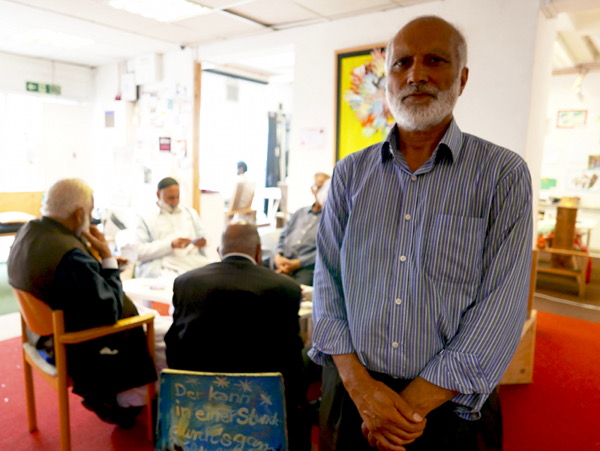
Mohammad Aslam, regular visitor (Card Player)
A friend introduced me to The Mill a year ago; I live in Walthamstow but on the other side. We all know each other from the mosque and we come here two or three times a week and play mostly Trumps. I like the staff at The Mill; everybody is really friendly.